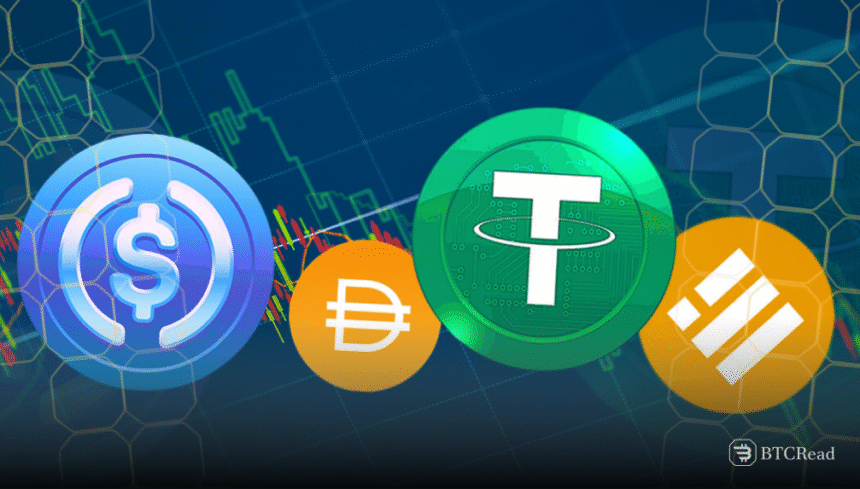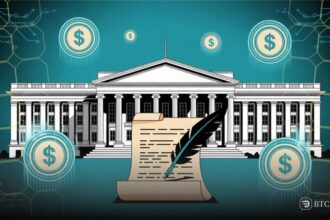Major U.S. financial institutions like JPMorgan Chase, Bank of America, Citigroup, and Wells Fargo are holding discussions. They are considering the launch of a shared stablecoin to offer a new digital payments option for American consumers.
The early talks include Early Warning Services, the firm operating Zelle, and The Clearing House, a real-time payments network.They are owned collectively by big banks and are the focal point behind this potential stablecoin venture.
Stablecoins are digital currencies whose value does not fluctuate but are typically pegged to a fiat currency such as the U.S. dollar. Stablecoins are usually used by crypto traders to make peer-to-peer money transfers fast and in a secure manner without using banks.
These banks are considering this route as the crypto sector attracts more investment and the attention of politicians. Donald Trump, the former President, recently voiced support for cryptocurrencies. He believes they can modernize banks and strengthen the U.S. dollar.
Regional banks explore separate Stablecoin models
However, some smaller banks have shown interest in forming their own stablecoin group, separate from this larger banking consortium. This reflects the rising interest across the financial industry in digital payment tools that reduce transaction delays.
This new stablecoin could also be used by other banks besides the consortium’s membership. The strategy may involve a model that broadens access within the financial industry. It also aims to enable more secure and faster transactions across the country.
Bank officials have not made any public statements yet, and the discussions are still in very early stages without any fixed strategy. Nevertheless, if implemented, this stablecoin would potentially form a linchpin to modern financial infrastructure in the United States.
Nonetheless, U.S. banks are preparing to compete with digital currencies by adopting real-time transaction capabilities. This shift reflects their efforts to meet evolving customer expectations.







